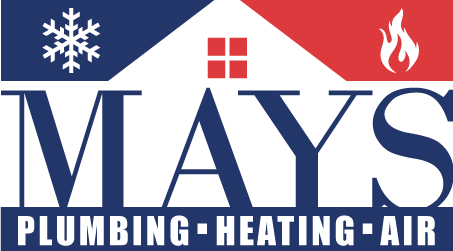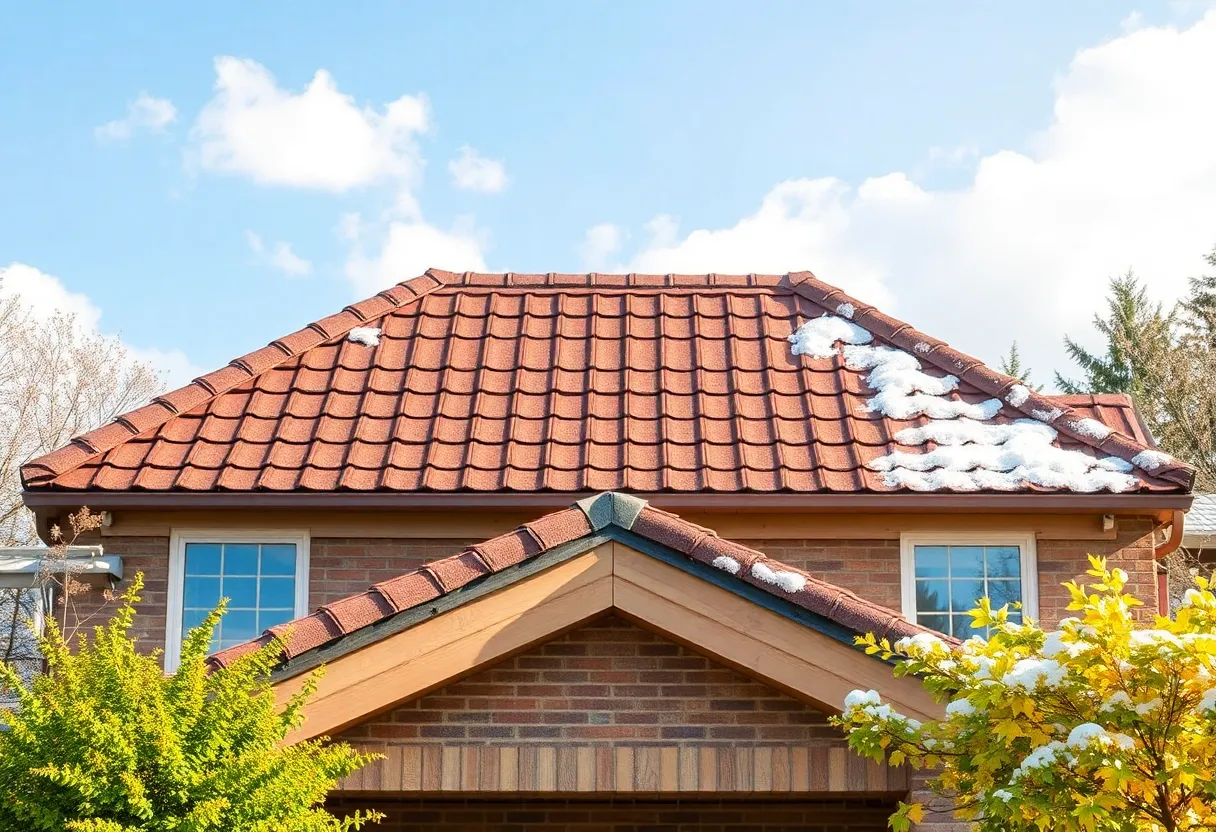What Are the Best Practices for Roof Maintenance in Different Seasons?
Roof maintenance is essential for prolonging the lifespan of your roof and preventing costly repairs. Understanding how to care for your roof according to the seasons can significantly impact its durability and performance. This article outlines the best practices for maintaining your roof throughout the year.
Spring Roof Maintenance
As the weather warms up, spring is an ideal time for roof inspections and maintenance.
1. Inspect for Winter Damage
After the harsh winter months, it’s crucial to check for signs of damage. Look for:
- Missing or damaged shingles
- Cracked flashing
- Broken tiles
- Gutter blockages
2. Clean Gutters and Downspouts
Spring showers can lead to serious water issues if gutters are clogged. Ensure that:
- Leaves and debris are cleared from gutters and downspouts.
- Water flows freely, directing it away from the foundation.
3. Trim Overhanging Branches
Tree branches can cause damage during storms or high winds. To minimize risks:
- Trim branches that come close to your roof.
- Ensure branches are at least 10 feet away from the structure.
Summer Roof Maintenance
During the summer months, heat and humidity can affect your roof’s performance.
1. Check for Heat-Related Damage
Extreme heat can lead to deterioration, especially with certain roofing materials. Inspect for:
- Brittleness in shingles
- Peeling or bubbling in roofing materials
2. Clean and Maintain Roof Surface
Accumulated debris can trap moisture, promoting mold and algae growth. To keep your roof in optimum condition:
- Remove debris using a roof rake.
- Wash the roofing surface with a gentle cleaner designed for roofing materials.
3. Inspect and Maintain Roof Vents
Proper ventilation can reduce heat buildup in roofing materials. Ensure that:
- Vents are unobstructed and functioning correctly.
- Intake and exhaust vents are balanced for airflow.
Fall Roof Maintenance
As summer gives way to cooler temperatures, fall is a crucial time for roof preparation.
1. Prepare for Winter
Before the winter season makes an appearance, make necessary adjustments. Focus on:
- Inspecting and replacing worn-out shingles.
- Repairing loose or cracked flashing to prevent leaks.
2. Clean Gutters and Downspouts Again
As leaves begin to fall, cleaning gutters becomes vital. Make sure to:
- Clear leaves and debris to prevent clogs.
- Check downspouts for proper drainage.
3. Check for Pest Damage
As the weather cools, pests may seek refuge in your roof. Be vigilant about:
- Inspecting for nests or signs of infestation.
- Sealing gaps to deter entry points.
Winter Roof Maintenance
Winter can pose significant challenges to your roof. Preventive measures are crucial.
1. Inspect for Ice Dams
Ice dams can cause severe damage to roofing. To manage this risk:
- Ensure adequate insulation in the attic to prevent melting snow from refreezing at the eaves.
- Clear off accumulated snow to minimize the impact of ice dam formation.
2. Monitor Attic Ventilation
Proper ventilation can help maintain consistent temperatures. Check that:
- Air circulation is optimal to prevent ice buildup.
- Vents are clear of snow or blockages.
3. Avoid Climbing on Slippery Roofs
Safety is paramount during winter. To avoid accidents:
- Use professional services for inspections or maintenance.
- Never attempt repairs if the roof is icy or snowy.
General Roof Maintenance Tips
Regardless of the season, there are essential practices every homeowner should follow.
1. Schedule Regular Inspections
Having a professional assess your roof at least twice a year can preempt major issues. They can:
- Identify potential problems early on.
- Provide maintenance recommendations tailored to your specific roof type.
2. Document Repairs and Maintenance
Keeping a detailed record of all roof work can aid in future repairs. Ensure you:
- Maintain records of inspections and maintenance performed.
- Attach receipts to track expenses for future reference.
3. Be Aware of Signs of Trouble
Stay vigilant for signs indicating roof issues. Be mindful of:
- Water stains on ceilings or walls.
- Increased energy bills, suggesting insulation problems.
Conclusion
Maintaining your roof is an ongoing responsibility that varies with the seasons. By following these best practices, homeowners can extend their roof’s longevity. Proper roof maintenance not only protects your home but also enhances overall property value. Make roof care a priority; your home deserves it.
Author: STAFF HERE IRMO
The IRMO STAFF WRITER represents the experienced team at HEREIrmo.com, your go-to source for actionable local news and information in Irmo, Lexington and Richland Counties, and beyond. Specializing in "news you can use," we cover essential topics like product reviews for personal and business needs, local business directories, politics, real estate trends, neighborhood insights, and state news affecting the area—with deep expertise drawn from years of dedicated reporting and strong community input, including local press releases and business updates. We deliver top reporting on high-value events such as the Irmo Okra Strut Festival, Harbison Community Events, and local sports tournaments at the Palmetto Health Credit Union Foundation Stadium. Our coverage extends to key organizations like the Irmo Chapin Recreation Commission and the Lexington Chamber and Visitors Center, plus leading businesses in retail and healthcare that power the local economy such as Village at Sandhill and Lexington Medical Center. As part of the broader HERE network, including HEREAiken.com, HEREBeaufort.com, HEREChapin.com, HERECharleston.com, HEREClinton.com, HEREColumbia.com, HEREGeorgetown.com, HEREGreenwood.com, HEREGreenville.com, HEREHiltonHead.com, HEREIrmo.com, HEREMyrtleBeach.com, HERENewberry.com, HERERockHill.com, and HERESpartanburg.com, we provide comprehensive, credible insights into South Carolina's dynamic landscape.




 Mays Contracting
Mays Contracting

